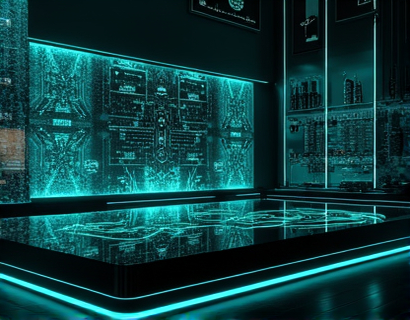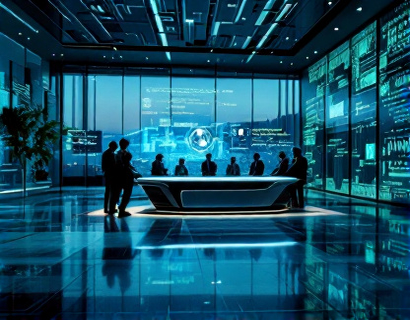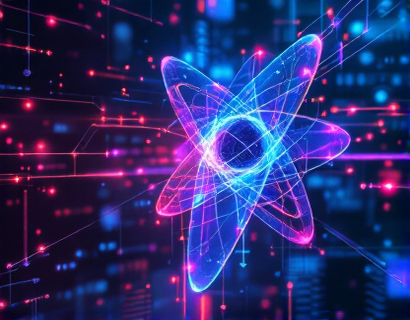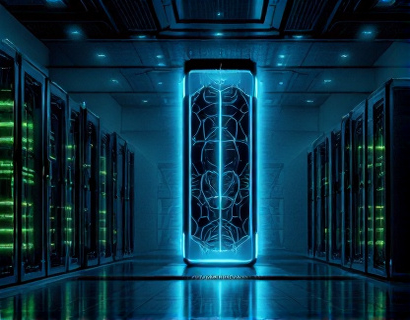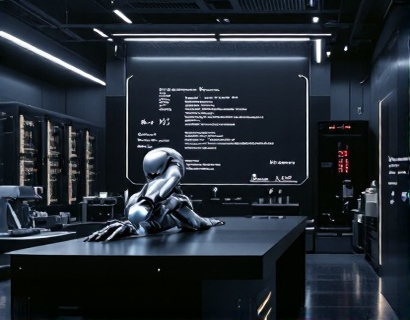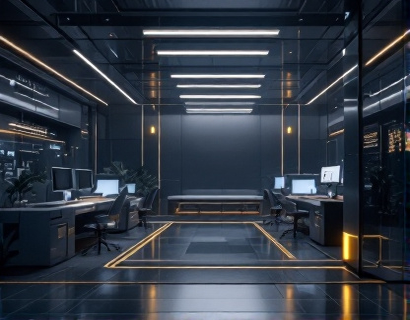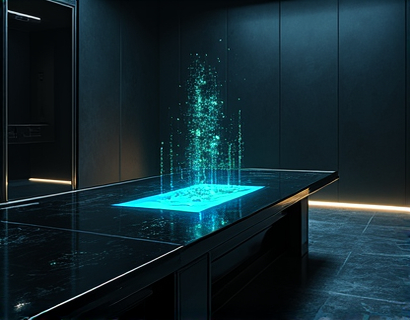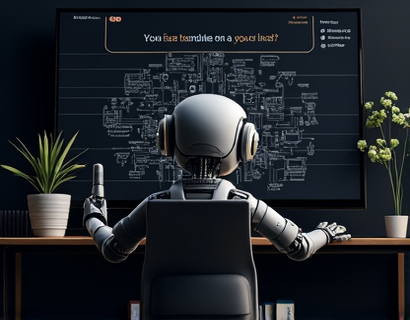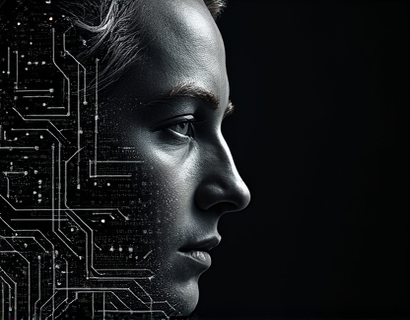Advanced Lighting and Sound Hardware Solutions: Streamlining Event Production with Cutting-Edge Control Technology
In the dynamic world of event production, the integration of advanced lighting and sound hardware is crucial for creating an immersive and memorable experience for attendees. The complexity of managing these systems can often pose significant challenges for event planners and production managers. However, with the advent of sophisticated hardware management software, the process has become more streamlined, efficient, and reliable. This article delves into the transformative impact of cutting-edge control technology on event production, focusing on how these tools maximize audio-visual impact while ensuring seamless integration and optimal performance.
Understanding the Importance of Integrated Control Systems
The foundation of a successful event lies in the seamless integration of all technical elements, particularly lighting and sound. Traditional methods of managing these systems often involve manual adjustments and separate control interfaces, leading to potential delays and inconsistencies. Modern control technology addresses these issues by providing a unified platform that allows for centralized management of all audio-visual components. This integration not only enhances the efficiency of the production process but also elevates the overall quality of the event experience.
Key Features of Advanced Hardware Management Software
Advanced hardware management software is designed with several key features that cater to the needs of event professionals. These include:
- Centralized Control Interface: A user-friendly dashboard that allows for the management of all lighting and sound devices from a single point.
- Automated Scene Management: Pre-set scenes can be easily created and executed, ensuring consistent and precise transitions between different parts of the event.
- Real-Time Monitoring: Continuous oversight of system performance, enabling quick identification and resolution of any issues that may arise.
- Customizable Workflows: Flexibility to tailor the software to specific event requirements, enhancing adaptability and efficiency.
- Integration Capabilities: Seamless compatibility with a wide range of hardware from different manufacturers, reducing the need for proprietary systems.
These features collectively contribute to a more streamlined production process, allowing event teams to focus on creativity and execution rather than technical hurdles.
Enhancing Reliability and Consistency
One of the most significant benefits of advanced control technology is the enhancement of reliability and consistency in event production. By centralizing control, the risk of human error is minimized, and the likelihood of equipment malfunctions is reduced. Automated systems can perform tasks with precision and speed, ensuring that every element of the lighting and sound design is executed flawlessly. Real-time monitoring further ensures that any deviations from the planned setup are promptly addressed, maintaining the integrity of the event experience.
Consistency is equally important, especially in multi-day events or when managing multiple venues. Advanced software allows for the storage and recall of pre-set configurations, ensuring that each event starts with a consistent baseline. This not only saves time but also ensures that the audience receives a uniform and high-quality experience regardless of the event's scale or duration.
Maximizing Audio-Visual Impact
The ultimate goal of any event is to create a compelling and engaging experience for the audience. Advanced lighting and sound hardware solutions, when managed through sophisticated control technology, significantly enhance the audio-visual impact of an event. Here are some ways in which these tools contribute to a more impactful experience:
Firstly, precise control over lighting and sound allows for the creation of dynamic and immersive environments. Lighting can be tailored to complement the mood and tone of each segment, while sound ensures that every word and note is heard clearly and with the intended emotional weight. The ability to synchronize these elements with high precision creates a cohesive and powerful narrative.
Secondly, the use of automated scenes and transitions can add a professional and polished touch to the event. Smooth and well-timed transitions keep the audience engaged and focused, enhancing the overall impact of the performance. This is particularly crucial in live events where the audience's attention can easily wander.
Lastly, the flexibility and customization options provided by advanced software enable creators to push the boundaries of what is possible. Whether it's a themed event, a concert, or a corporate presentation, the tools at hand allow for the tailored creation of unique and memorable experiences.
Streamlining Workflows for Production Teams
For production managers and technical teams, the adoption of advanced hardware management software translates to significant improvements in workflow efficiency. The centralized control interface reduces the need for multiple devices and interfaces, simplifying the setup and operation of lighting and sound systems. This consolidation not only saves time but also reduces the potential for confusion and errors.
Automated workflows further streamline the process by allowing teams to pre-load and execute complex sequences with minimal manual intervention. This is particularly beneficial during setup and teardown phases, where time is often at a premium. The ability to quickly switch between different scenes and configurations ensures that the production stays on schedule, even in the most demanding environments.
Real-time monitoring capabilities empower technical directors to oversee the entire system from a central location. This oversight allows for immediate troubleshooting and adjustments, minimizing downtime and ensuring that the event runs smoothly. The data collected during the event can also be used for post-event analysis, providing valuable insights for future improvements.
Scalability and Future-Proofing
As events continue to evolve, the ability to scale and adapt to new technologies is crucial. Advanced hardware management software is designed with scalability in mind, allowing organizations to grow their capabilities without the need for extensive reconfiguration or additional investments. Whether expanding to larger venues or incorporating new hardware, the software can accommodate these changes seamlessly.
Moreover, the industry is rapidly advancing, with new lighting and sound technologies emerging regularly. Advanced control systems are built to integrate with these innovations, ensuring that event production remains at the forefront of technological advancements. This forward compatibility future-proofs investments and ensures that events continue to impress with cutting-edge presentations.
Case Studies and Real-World Applications
To better understand the practical benefits of advanced control technology, let's explore a few real-world applications. In a large-scale music festival, the use of a centralized control system allowed the production team to manage hundreds of lighting fixtures and sound units from a single interface. This not only reduced the number of required technicians but also ensured that all elements were perfectly synchronized, creating a cohesive and electrifying atmosphere.
In a corporate conference, the same technology enabled smooth transitions between speakers and sessions, with lighting and sound adjustments made in real-time to match the content being presented. The ability to recall pre-set configurations ensured that each session started with the correct settings, maintaining a professional and engaging environment throughout the event.
These examples demonstrate the versatility and effectiveness of advanced hardware management software in various event types, from entertainment to corporate functions.
Conclusion
In conclusion, the integration of advanced lighting and sound hardware solutions with cutting-edge control technology represents a significant leap forward in event production. By streamlining workflows, enhancing reliability, and maximizing audio-visual impact, these tools empower event professionals to deliver exceptional experiences consistently. As the industry continues to evolve, the adoption of such technologies will become increasingly essential for staying competitive and innovative in the field of event production.






